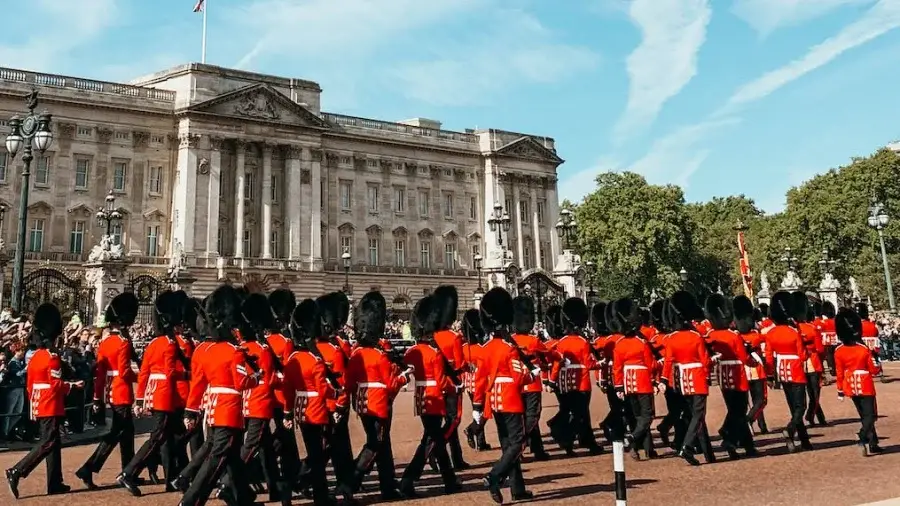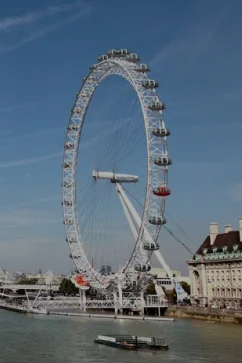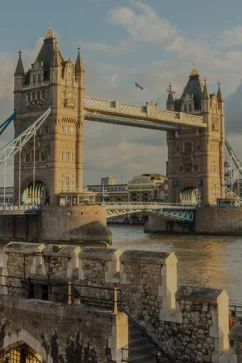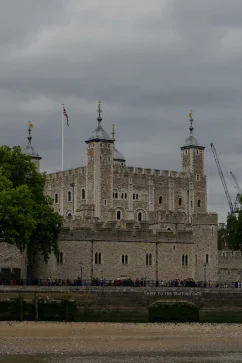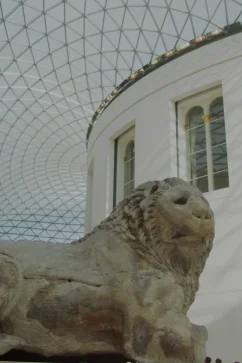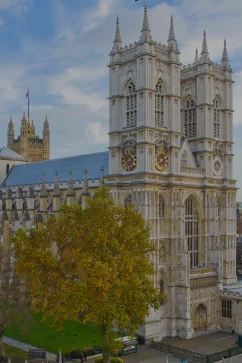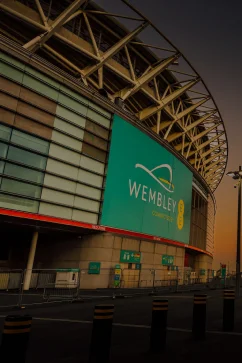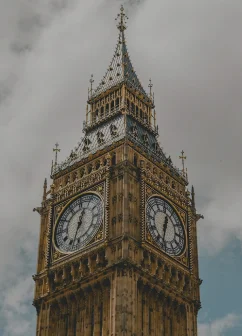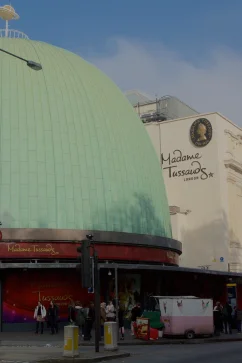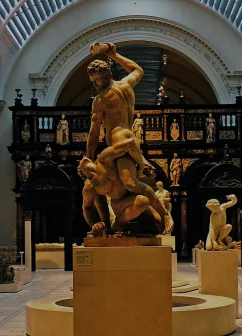Buckingham Palace
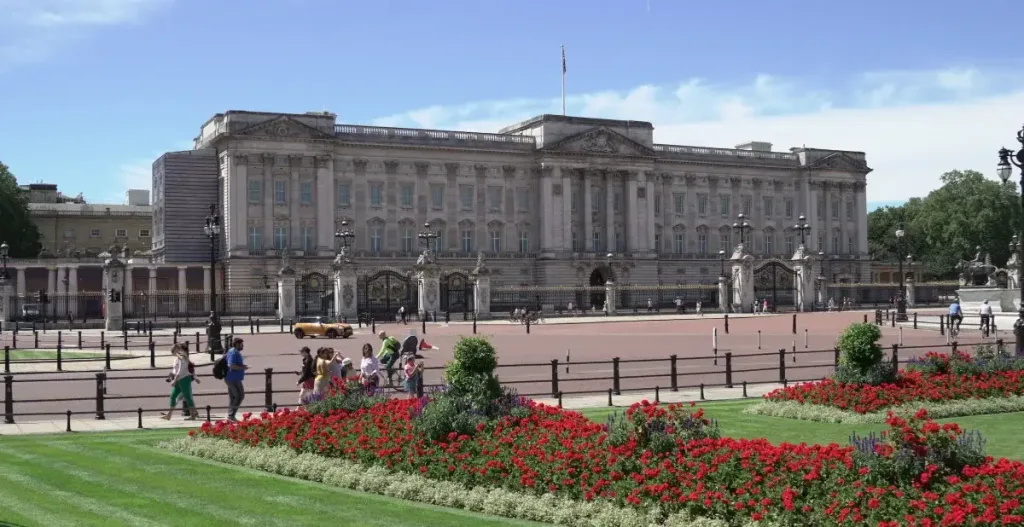
About the Buckingham Palace
Buckingham Palace, a symbol of royal splendor, stands as the official residence of the British monarch in London. The grand royal palace is a symbol of British monarchy and has witnessed centuries of history and tradition. Often termed as Queen Elizabeth Palace it stands as a symbol of both royalty and history.
One of the most famous traditions associated with Buckingham Palace is the changing of the guards’ ceremony. Visitors gather to witness the precision and pageantry of the Queen’s Guard as they take up their positions outside the palace. The Queen’s Guard, clad in their distinctive red tunics and bearskin hats, carry out this time-honored tradition.
Visitors can also explore the opulent State Rooms during the summer months when the palace opens its doors to the public. Buckingham Palace rooms are adorned with priceless works of art, providing a glimpse into the monarch’s official duties. Additionally, the Queen’s Gallery showcases an impressive collection of art and treasures from the Royal Collection.
Buckingham Palace is a symbol of the British monarchy and is closely associated with Queen Elizabeth II’s reign. A Buckingham Palace tour will surely draw you into the cultural and historical world of the British monarchy.
History of the Buckingham Palace
The history of Buckingham Palace is a captivating narrative of transformation, symbolizing the evolution of a royal residence. Buckingham Palace’s origins date back to 1703 when it was constructed as Buckingham House for the Duke of Buckingham. In 1761, King George III purchased the property for Queen Charlotte, marking its first royal connection.
The real transformation occurred during the reign of King George IV, who enlisted architect John Nash to turn the building into a grand palace. Nash’s work expanded the palace, added the iconic façade in Bath stone, and created the State Rooms.
Queen Victoria became the first monarch to reside at Buckingham Palace in 1837. Her marriage to Prince Albert necessitated further expansion, leading to the construction of a fourth wing. In 1952, Queen Elizabeth II became the Queen, beginning of a long and influential reign. Queen Elizabeth II’s connection to Buckingham Palace is significant. In 1913, the palace underwent a significant refacing project, using Portland Stone to combat the effects of London’s soot. The forecourt and gates were added as part of the Victoria Memorial scheme in 1911.
Today, Buckingham Palace stands as an enduring symbol of British monarchy, history, and culture.
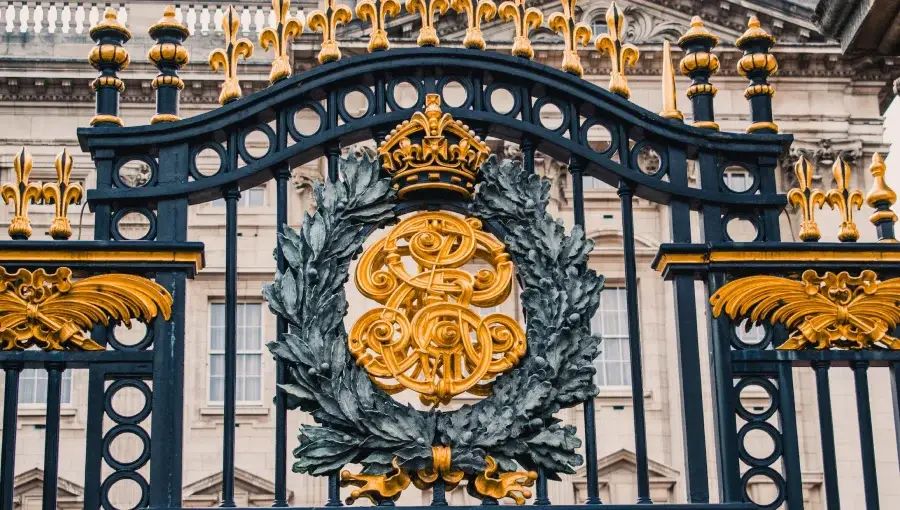
Tips for your visit
- Plan Your Visit: Before heading to the Royal Palace check the Buckingham Palace visiting times and ticket availability.
- Buckingham Palace Tickets: Booking tickets in advance is recommended, especially during peak tourist seasons.
- Explore the State Rooms: Take a guided tour of the State Rooms to see the grandeur of the palace’s interior. Marvel at the opulent furnishings, exquisite artworks, and historical artifacts.
- Queen’s Gallery: Don’t miss the Queen’s Gallery, which houses a remarkable collection of art and exhibits. It offers a unique glimpse into the royal art collection.
- Buckingham Palace Guard: Witness the iconic changing of the guard ceremony, a must-see event that takes place in front of the palace. Be sure to arrive early to secure a good view.
- Respect the Queen’s Guards: While the Queen’s Guards may make for great photo opportunities, remember that they are on duty. Avoid touching or disturbing them during their shifts.
- Arrive Early: To avoid large crowds, consider arriving early in the morning or late in the afternoon. This can make your visit more enjoyable.
- Check for Special Events: Keep an eye out for any special events or exhibitions that may be taking place at Buckingham Palace during your visit.
Tickets
Discover the grandeur of Buckingham Palace! Tickets are available for adults at just £30, while children (5-17 years) and disabled visitors can explore this royal palace for only £16.5. Youth (18-24) tickets are priced at £19.50, and children under 5 can enter for free. Don’t miss this chance to explore the beautiful Queen Elizabeth II Buckingham Palace. Secure your Buckingham Palace tickets now for an unforgettable royal experience.
How to arrive
To arrive at Buckingham Palace, you can use various modes of transportation depending on your location. Here are some options:
By Tube: The nearest London Underground stations to Buckingham Palace are Victoria Station, St. James’s Park Station, and Green Park Station. All of these stations are within walking distance of the palace.
By Bus: Many buses drop off at Wilton Street bus stop a three-minute walk to Buckingham Palace. Buses include 11, 211, C1 or C10.
By Train: If you’re arriving by train, Victoria Station is the most convenient railway station to access Buckingham Palace.
By Car: While Buckingham Palace doesn’t have a dedicated car park, you can find nearby parking facilities and garages. Be aware that parking in central London can be expensive and limited.
